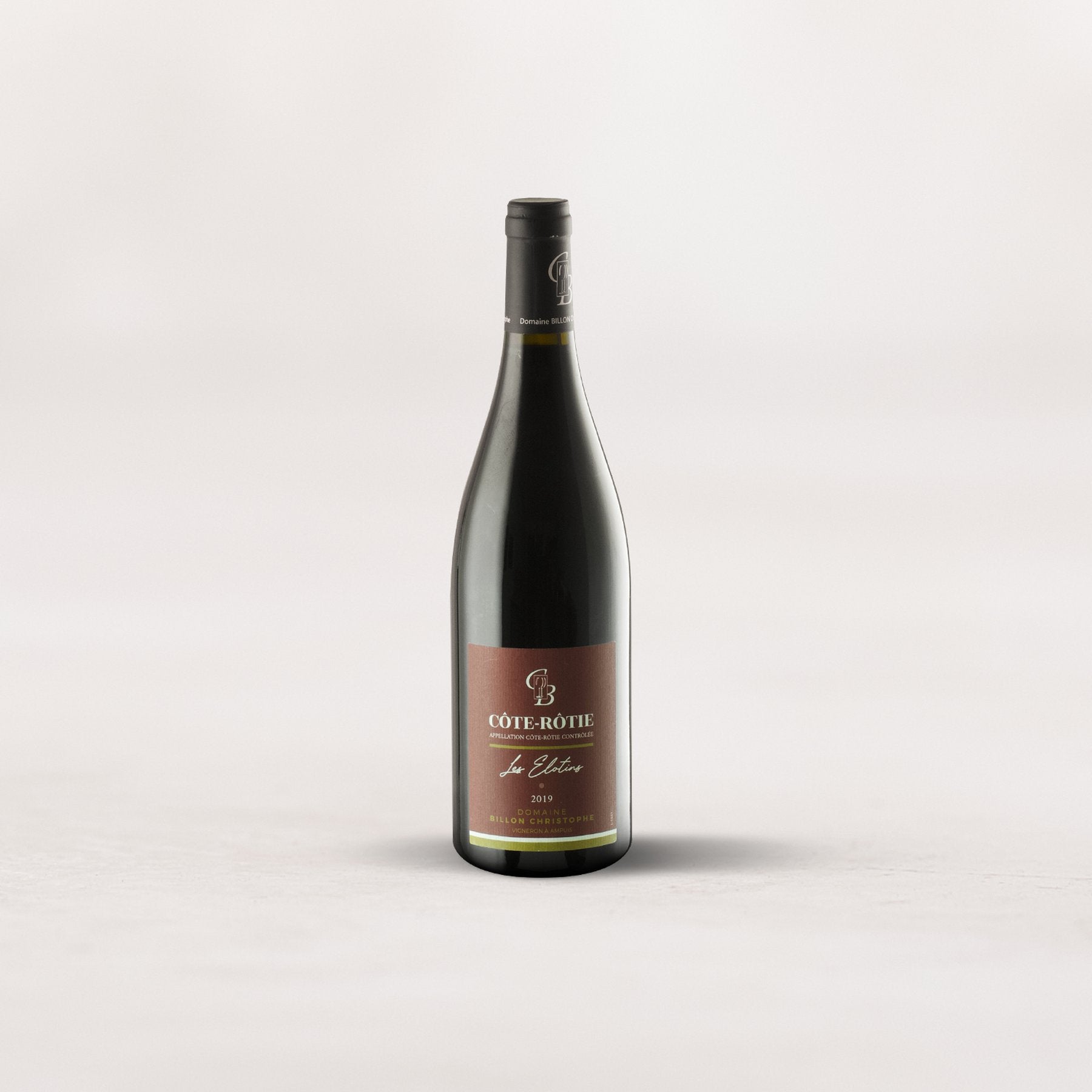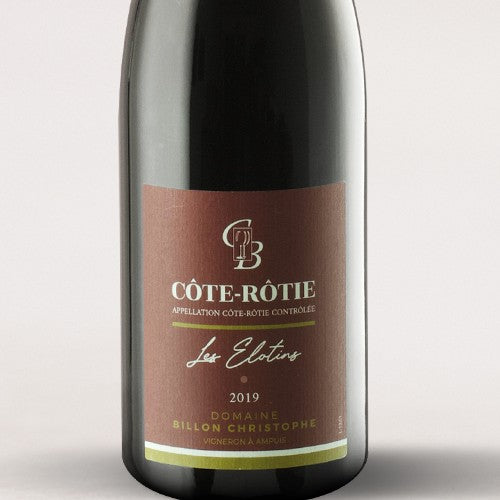The Lamblin saga begins in 1690, making them one of Chablis' most deeply-rooted families. Today, brothers Didier and Michel Lamblin operate from their home base on the northern edge of Maligny, where the region's famous Kimmeridgian soils reach their northernmost point. This geography matters: these 150-million-year-old soils, packed with fossilized oyster shells from an ancient sea, give Chablis its distinctive truffly, mushroomy appeal.
The family operates as a “hybrid” négociant—about 20% of production comes from their own vineyards, with the remainder sourced from partner growers. It's a model that's served them well through multiple generations: Louis Lamblin made the first commercial moves in 1890, his son Henri helped draft many of the appellation laws that protect Chablis’ identity, and Jacques Lamblin brought the wines to international prominence in the 1950s.
What sets Lamblin apart in today's warming climate is their steadfast commitment to classic Chablis style. While others chase ripeness and weight, they maintain the bright, mineral-driven profile that made Chablis famous. Their winemaking is deliberately modern, but minimal: fermentation in stainless steel tanks (never oak) to preserve the pure expression of terroir, natural malolactic fermentation when needed, and gentle clarification using traditional methods like bentonite clay and diatomaceous earth filtration. Oxidation is avoided at all costs.
The result is Chablis as it was meant to be: golden with green highlights, offering white flower aromas mixed with citrus and evolving stone fruit notes, all underpinned by that distinctive Kimmeridgian minerality. It's a style that feels increasingly rare and precious in our changing climate.
WHY YOU'LL LOVE IT
-
True-to-form Chablis from a 300-year legacy: Lamblin maintains the cutting, mineral style that made Chablis legendary. This tastes like the Chablis that converted multiple generations of wine lovers.
-
Kimmeridgian terroir at its purest: From Maligny's northernmost vineyards on 150-million-year-old soils packed with fossilized oysters, this captures the essence of what makes Chablis unique among the world's Chardonnays.
-
Killer VALUE: At $28 on six bottles, this over-delivers as both an everyday wine and a special occasion bottle. Stock up for oyster season, sushi night, or just because fine Chablis is one of life's affordable luxuries.
HOW TO SERVE IT
-
Prime drinking window: Gorgeous now through 2030. The bright acidity and mineral structure ensure this will maintain its freshness and develop subtle complexity over the next 4-5 years.
-
Serve well-chilled at 46-48°F in white wine glasses to appreciate the wine's precision and aromatic nuance. No need for decanting—this is ready to pour and enjoy.
-
Pair with the classics: Oysters on the half shell, sushi and sashimi, sole meunier with lemon butter, or a simple roast chicken. Also brilliant with aged cheeses like Comté, Beaufort, or fresh chèvre.










